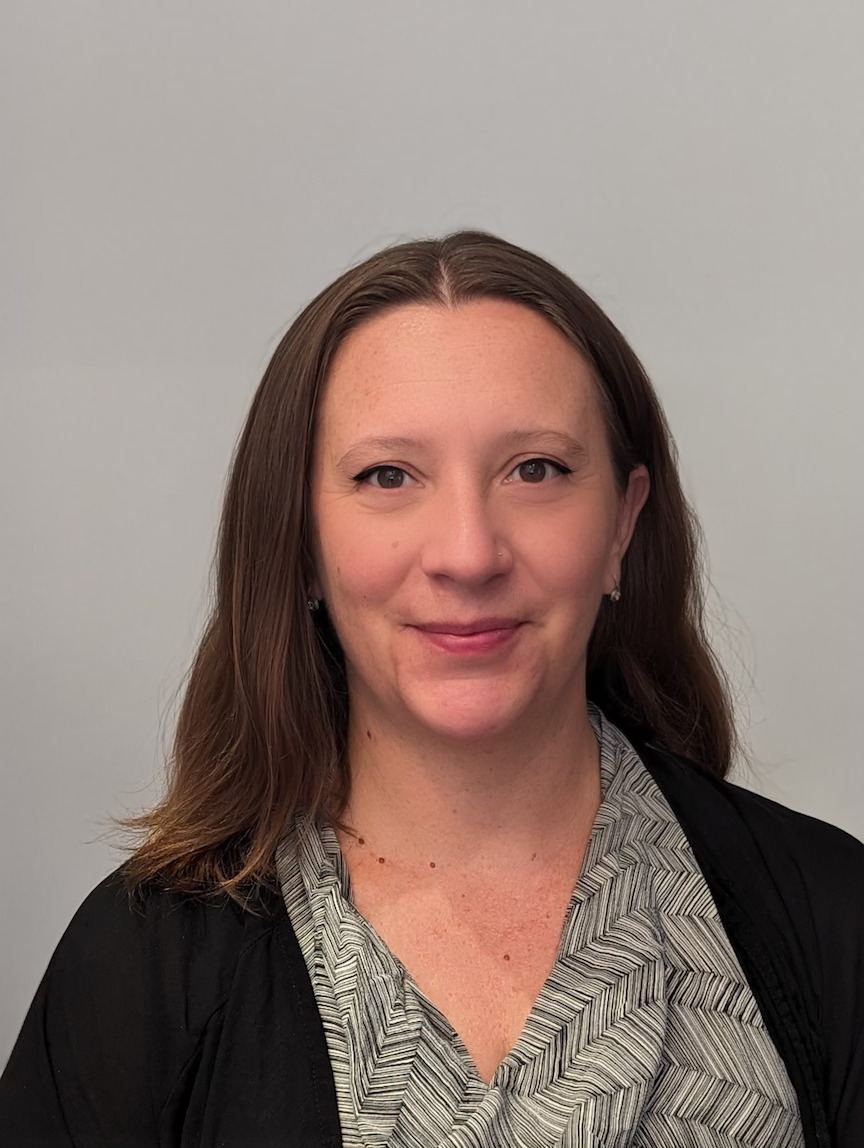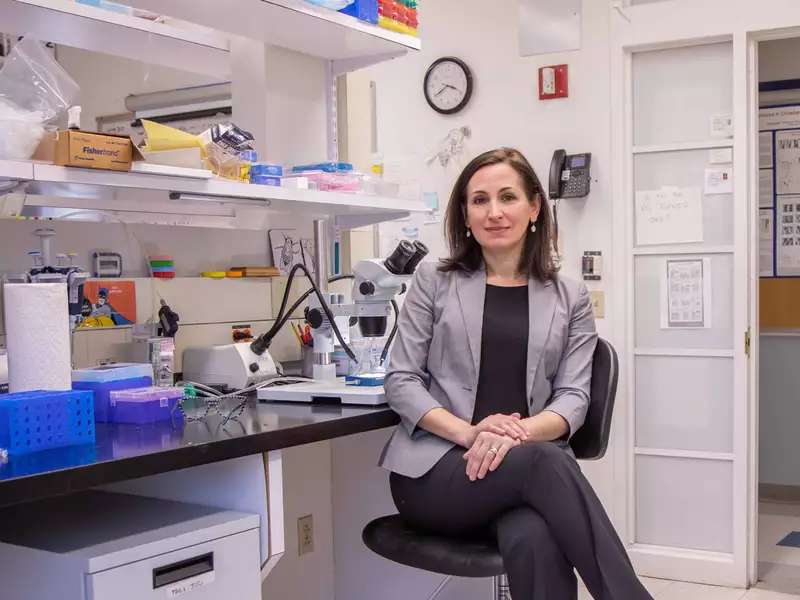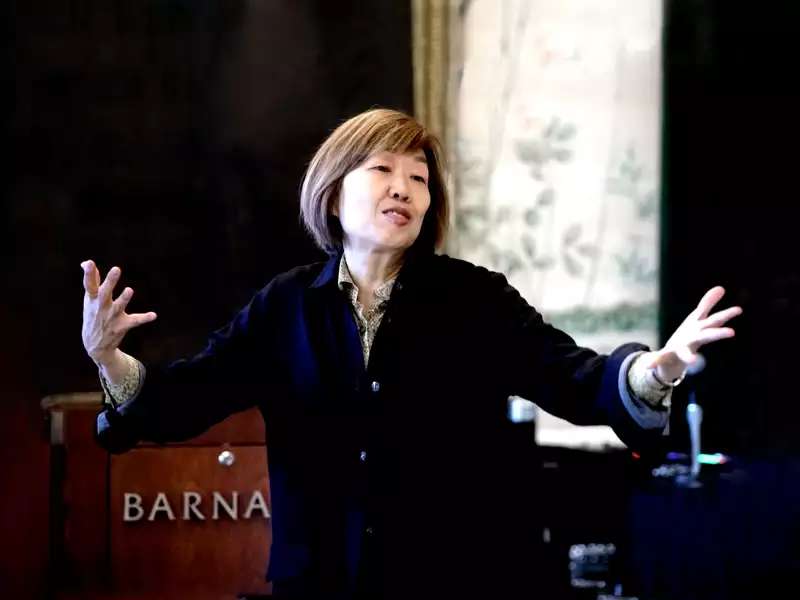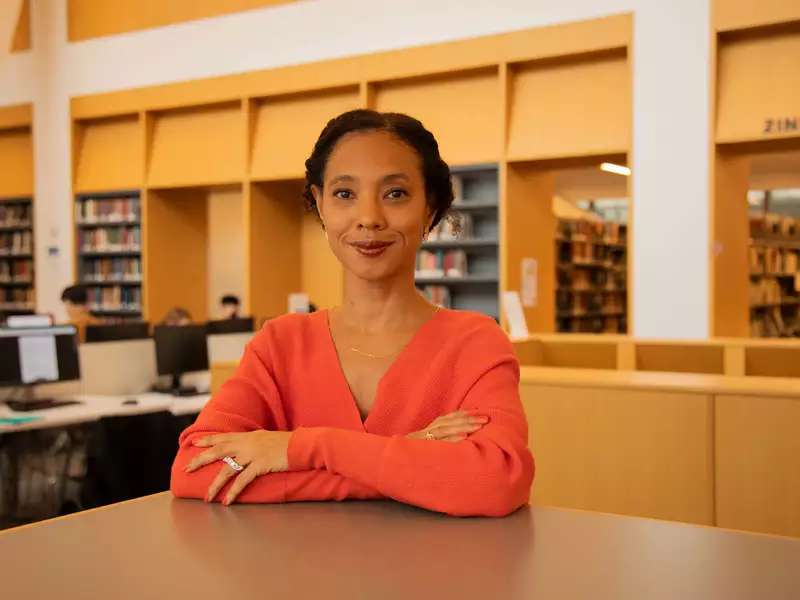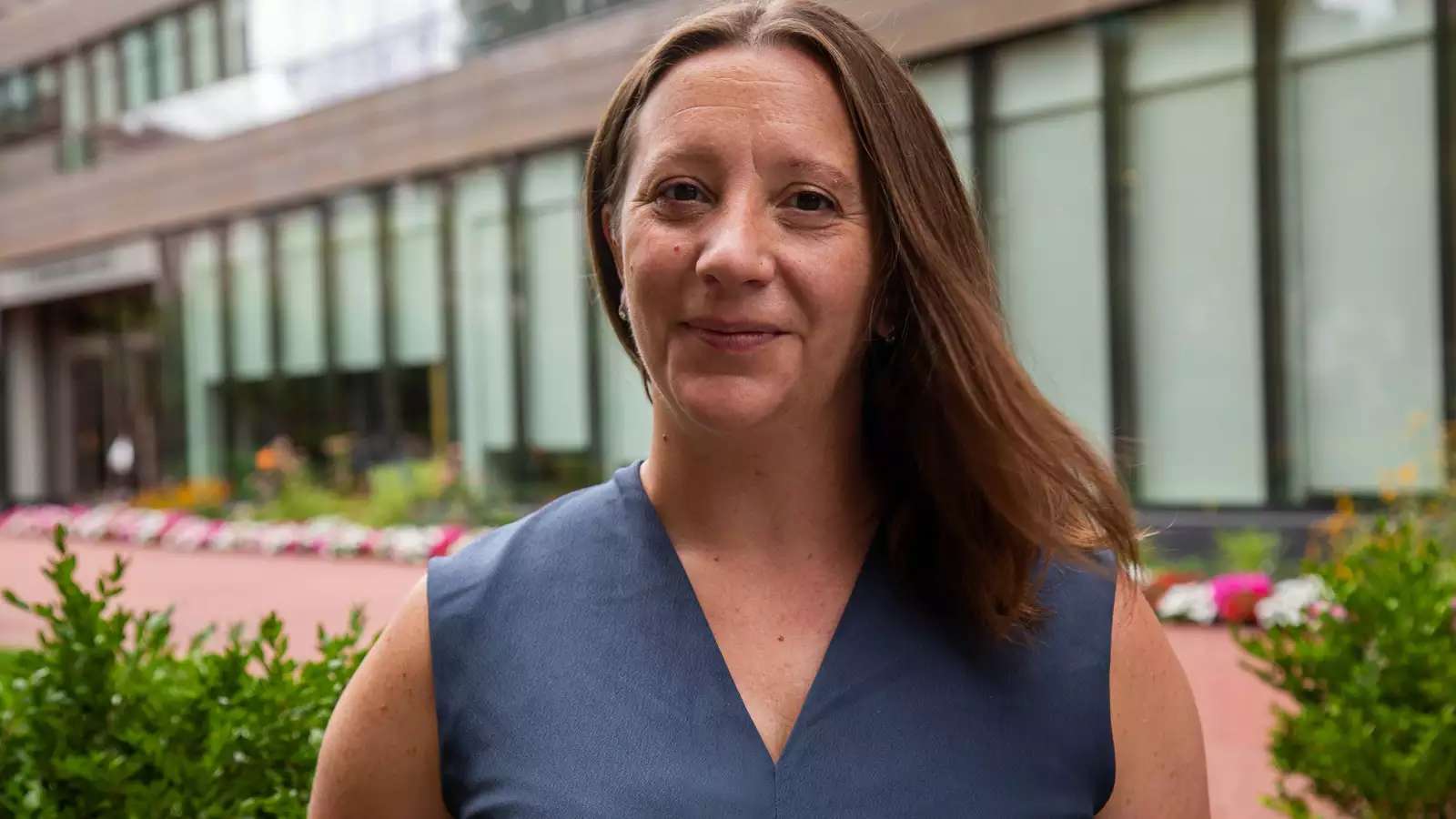
For the second time this year, Barnard College was named the recipient of the prestigious National Science Foundation (NSF) Faculty Early Career Development (CAREER) Program Award, as a result of the work of Michelle Greene, the College’s new assistant professor of psychology. María P. Fernández, assistant professor of neuroscience, was awarded a five-year, nearly $1 million grant in February.
Greene was granted more than $650,000 for her project titled “Efficient Coding of Visual, Structural, and Semantic Scene Information.” A self-described “vision nerd,” she conducts research at the intersection of psychology, computer science, and cognitive neuroscience to better understand how humans process visual perceptions.
“Imagine riding a bicycle down the street; you have to see, analyze, and respond to cars, pedestrians, and street lights very quickly in order to survive. In some sense, this should be mathematically impossible — our 3D world projects onto a single layer of cells in the back of the eye called the retina with two dimensions,” explained Greene. “This is like having two equations and three unknowns; it should be impossible to form a single interpretation of the world. However, we accomplish this feat and do so very quickly. My research program tries to understand how.”
The CAREER Award supports early-career faculty who have demonstrated a commitment “to serve as academic role models in research and education and to lead advances in the mission of their department or organization.” Barnard is excited to welcome Greene to the Psychology Department following her six-year tenure at Bates College, where she led a team across three universities to create the Visual Experience Database — one of the largest and most representative video databases of daily human activities.
Greene is equally excited about joining the Barnard community and helping to expand students’ research beyond psychology and into computer science. “In my lab, we often use models from computer vision — a branch of AI that is training computers to recognize visual content — to compare with human observers,” said Greene. “While this approach is growing in popularity, it is still fairly rare within a liberal arts context.”
In this Research Reflections, learn more about Greene’s research around visual perception, how she plans to use her new NSF CAREER Award, and why she’s excited to work with Barnard students.
What inspired you to become a cognitive scientist?
In high school, I was taking IB psychology and biology at the same time and fell in love with neuroscience from both. In college, I thought that I was going to study the neuroscience of language but I started working in a vision lab as a work-study student. My work in this lab made me realize that while my courses were primarily about cellular mechanisms, my research questions were about cognitive mechanisms.
How do you plan to use the NSF CAREER grant over the five years?
As I mentioned in the [bicycle example], my goal is to understand how we can visually understand our environments so quickly. A popular hypothesis is that the brain encodes some assumptions about how the world looks that may be “hard wired” from birth or learned in our early lives. If this is true, then it should be easier to recognize more typical content — a ship sailing the waters — than atypical, such as a ship perched on a building after a tsunami. This is the crux of the “efficient coding” hypothesis.
However, it’s not very straightforward to measure typicality. Something can have typical visual features but it can also be typical because items in a picture are arranged in a familiar way — it is more common for a person to hold a basketball than stand on one — or because the events in the picture can be well understood.
Information theory is a branch of mathematics that enables us to quantify a number of these metrics, and we will also make use of natural language processing from computer science. Experimentally, [students and I will work together to] assess what types of information limit our visual processing and at what time scale. We will use electroencephalography (EEG), which is a noninvasive brain imaging technique, that provides very fast resolution of brain activity.
Professional update: moving to NYC to start the next chapter of my career at Barnard College! Beyond excited! pic.twitter.com/cFplfzLwcw
— Michelle Greene (@MGreenePhD) March 11, 2023
What does it mean to you to win this award?
The CAREER Award is one of the most prestigious early career awards. I feel honored that the scientific community and the NSF has found value and promise in my scientific ideas. On the mentorship side, it means I will be able to recruit more Barnard students to my lab for paid research and travel to present their work at top conferences.
What are you most excited about when it comes to working with Barnard students?
Barnard students are intelligent, creative, and bold — [all] great traits in emerging scientists!
I am a huge believer in what women can achieve together. At my previous institution, non-male students would often seek me out as a mentor to combat the alienation that can exist in computational fields. There was always a certain magic that happened during semesters when my lab was composed only of women, so I’m excited to have that all the time [here]!
What role will Barnard students play in the research you conduct under this grant?
The students I recruit will be full collaborators on this process at every stage, from creating a database of raw photographs that will serve as our stimulus set to creating and running experiments, analyzing data, and writing [research] papers. I’m very excited to work with the Summer Research Institute (SRI) as a part of this process.
